I knew nothing of his study of Freud or that he wrote poems and short stories. I was aware that he possessed a book once owned by George Cruikshank and collected books on human anatomy and medical instruments (because he had warned me of this), but had no idea that his last book, Doodah was a partly autobiographical trilogy of a fictional family of toilet manufacturers. Ralph Steadman is a man full of surprises.
I found his home easily enough. Steadman lives in a grand Georgian house in Kent, with an overgrown garden where strange metal sculptures formed of scrap metal and bits of machines betray his love of machinery, Picasso, Dada and surrealism. And I soon discovered that he is much more at home with whirring wheels and cogs than he is with solid-state electronics and cathode tubes. He was battling with a recalcitrant computer as I entered the door of his studio and was also wondering how he could meet his deadline for some illustrations to accompany a series by his friend Will Self for The Independent entitled PsychoGeography.
I got the impression that Steadman doesn’t really see himself as an artist, but as a sort of literary Dadaist who found he had a subversive talent for illustration. Inspired by his hero, Marcel Duchamp, he uses printed ready-mades from his working library, which he then photocopies, enlarging or reducing to suit his purpose. Thus the exposed muscles and tendons from a textbook on human anatomy are drawn over to create a head, while intestines are recruited to represent the features of a face. He says that people have accused him of ‘cheating’, but of course he is working within a tradition that began with Picasso and was carried on by the surrealists.
I ask him about his earliest influences and discover that as a child in North Wales he had a fascination for model aeroplanes and was later captivated by the drawings of Leonardo da Vinci. The first set of books he ever acquired was an edition of the sketchbooks that he bought from the bargain book table in the Rhyl branch of W.H.Smiths for five shillings. However, neither books nor art played much of a part in the Steadman household. The only book he recalls his parents having is Kingsley’s Water Babies, with its illustrations by Heath Robinson.
After leaving school at 16, Steadman worked as an apprentice in an aircraft company before becoming a stockroom boy at Woolworth’s. He laughs in recalling these early struggles, but there is a note of genuine resentment in his voice as he speaks of the way misfits are treated by society. He calls Leonardo a “divine loser”and points out that while he had to scratch around to make a living, Michelangelo, with all his rich patrons, prospered.
Shortly after leaving Woolworth’s Steadman enrolled on an art course. The student cartoonist did well and Percy V. Bradshaw took an active interest in him. He was even invited to his home in Forest Hill. This turned out to be a memorable experience.“His house was full of stuffed crocodiles and other mementos of colonial life. I wish I could go back and see the place as it was then. It must have had an effect on me.
I suppose it had something to do with the antiquarian thing – the sense of objects captured and kept. This is why I love looking at illustrations of old-fashioned things – at old photographs that capture a moment in time, or at plates of old machines and catalogues of scientific and medical instruments.”
I asked him about his collecting habits. The books he has assembled for me suggest an eclectic taste and a bizarre, if not pathological, interest in the human body. I notice a number of technical handbooks on human anatomy and a two sets of encyclopaedias. He laughs at this motley collection.
“I have bought and still buy from second-hand bookshops, but I’ve never been that interested in firsts as such. Unless they’re signed by someone like Samuel Beckett, whom I admire, or Ray Bradbury, who signed my copy of Fahrenheit 451, they don’t interest me much. When I found George Cruikshank’s own copy of Tomlinson’s Encyclopaedia of the Useful Arts in Scotland six years ago I knew I had to have it. The man was a genius. There is something radical about him. That series he did on the drunkard is astonishing. I also have some of his Comic Almanacs. And of course, I have always been a great admirer of Gillray. He was a cartoonist of the type that I wanted to be. Most cartoonists look and behave like insurance salesmen, but he took risks as I hope I do. In a way I have tried to drag the art of cartooning kicking and screaming back into the 18th century.”
We then turned to his Catalogue of Surgical Instruments and appliances with appendix, dated 1892. This had a dull cover, but turned out to be an astonishing window onto the world of late 19th century surgery. Moreover it is hard to think of another book which could have provoked such hoots of laughter from Steadman, who had marked the pages that interested him with ‘Post-It’ notes. “I love these urinals! Urinals for females too. And here’s a bowel clamp. And these enema and injection syringes are fascinating. I paid quite a lot for this catalogue in a bookshop.”
Steadman seemed equally excited by an ever duller-looking tome entitled A Guide on How to Dissect a Dog (he confessed that he used to hate dogs) and another entitled The Diseases of Cattle, which contained photographs of spotty and scabby cows. But one book drew sighs of real appreciation. This was Steam Pipe Installation, a 1930s American technical handbook limited to 2208 copies. This was a real candidate for inclusion in Bizarre Books. “It sounded such a dull book that I thought I must have it. In fact, it turned out to be fascinating and its illustrations reminded me of the paintings of Francis Picabia. They’re wonderful examples of their kind.”
We then inspected a plan chest containing some of his drawings. As he drew each one out I began to appreciate how reliant he was on his working library. A recent project had been Ambrose Bierce’s Devil’s Dictionary which had an illustration of a borer from the Encyclopaedia of Useful Arts that Steadman had placed over a skull. This was to represent the way in which religion suppresses the logical workings of the brain.
What other writers had inspired him? “Well, of living ones Hunter Thompson, undoubtedly, because I was living the whole horrible experience with him when I collaborated on Fear and Loathing in Las Vegas. Of dead writers, Rabelais is one. I have a copy of Gargantua and Pantagruel with Dore illustrations. And of course Lewis Carroll. When I illustrated his Alice in Wonderland back in 1967 I saw the characters as figures to be transported 100 years forward. For instance, the White Rabbit was a commuter, the Duchess was based on the actress Dandy Nichols, and the Mad Hatter had to be some awful quiz-show presenter. The book was very much a springboard for my own self-expression. I’m not interested in faithfully depicting certain episodes from a narrative. After all, something that is adequately explained in the text is superfluous in a picture. As I see it, the illustration adds another dimension to the text.”
Exerted on his art, and he has created a modest shrine to them in a glass cabinet on a wall. Two of his greatest heroes are Marcel Duchamp and Picasso. The Private World of Pablo Picasso, which Gerald Scarfe gave him, lay next to a reprint of the 1932 surrealist issue of This Quarter. I asked him about these movements.
“Well, This Quarter means a lot to me. There’s a cold, clinical feel about the articles in it; they’re like a bare foot walking over concrete. There’s a dryness about the style, which is like a good dry white wine. There’s nothing seductive or sexy about what these surrealists write about. I love this book on Picasso too and as for Duchamp, he is a hero of mine because he thought so freshly, and he hated being part of a group. It was Duchamp who famously said: ‘There is no solution because there isn’t a problem.’ That appealed to me because it releases you from convention and leaves you to do what you want to do. An artist is, in a sense, an irresponsible individual being fired by impulse.”
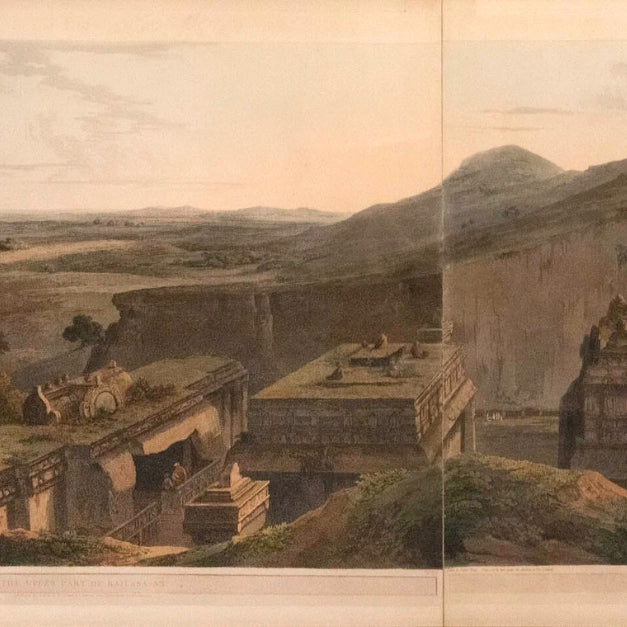





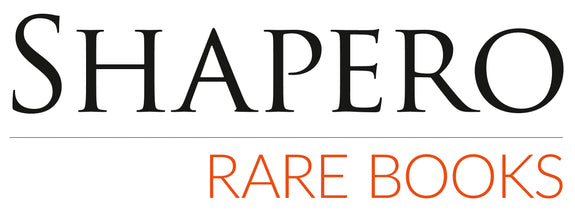

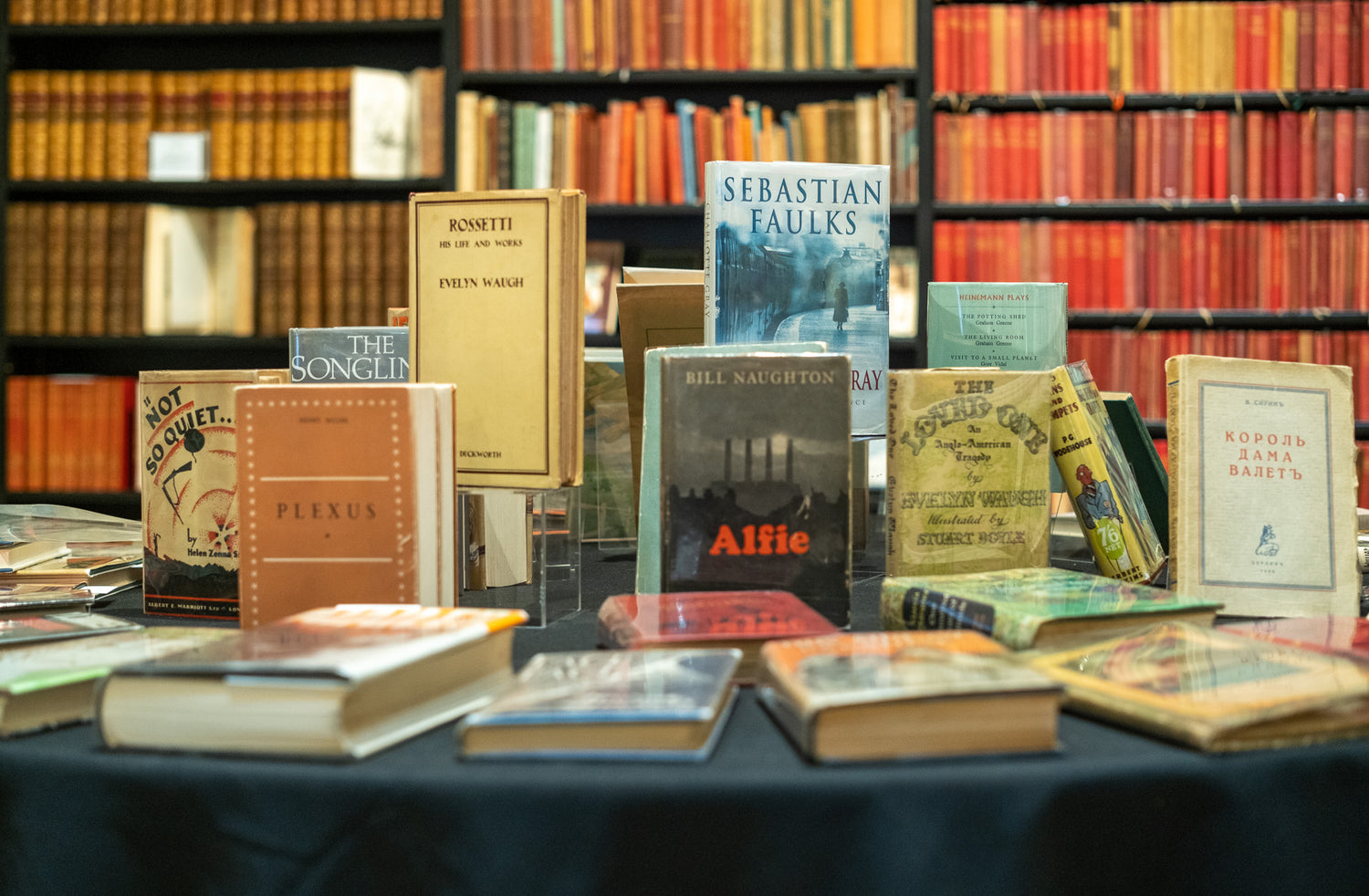
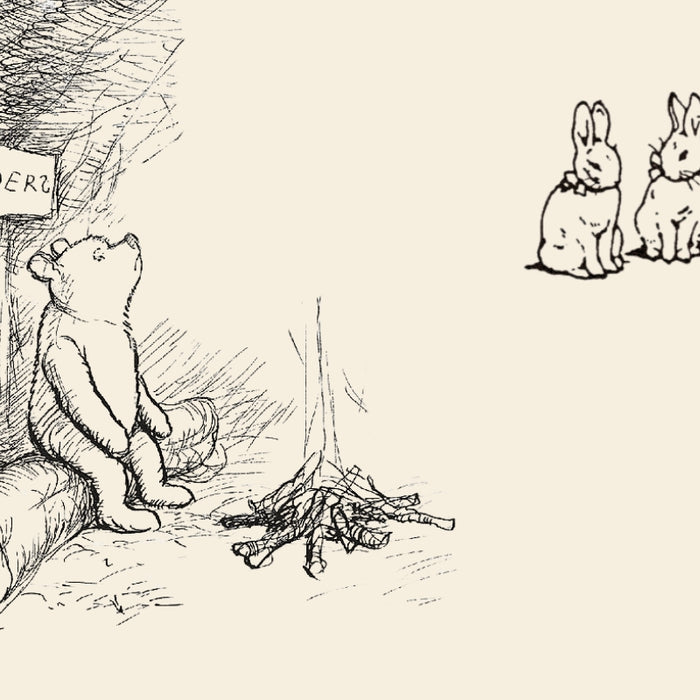
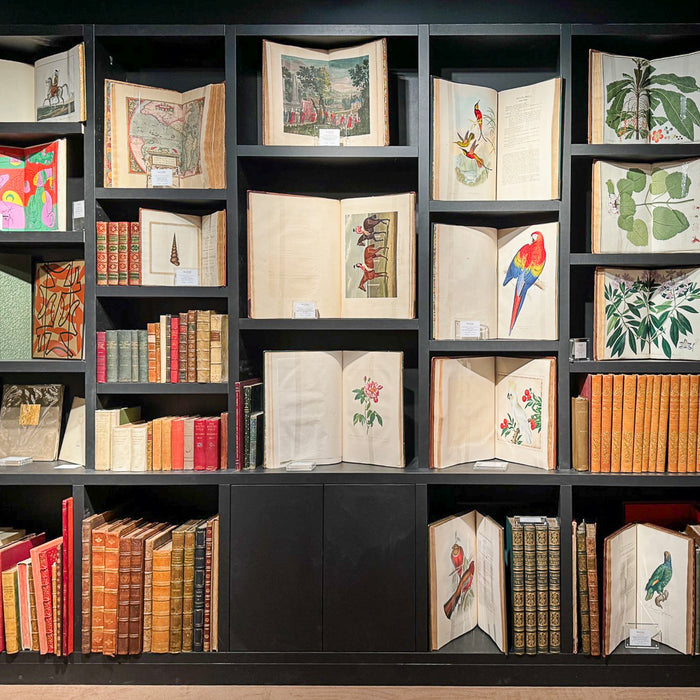
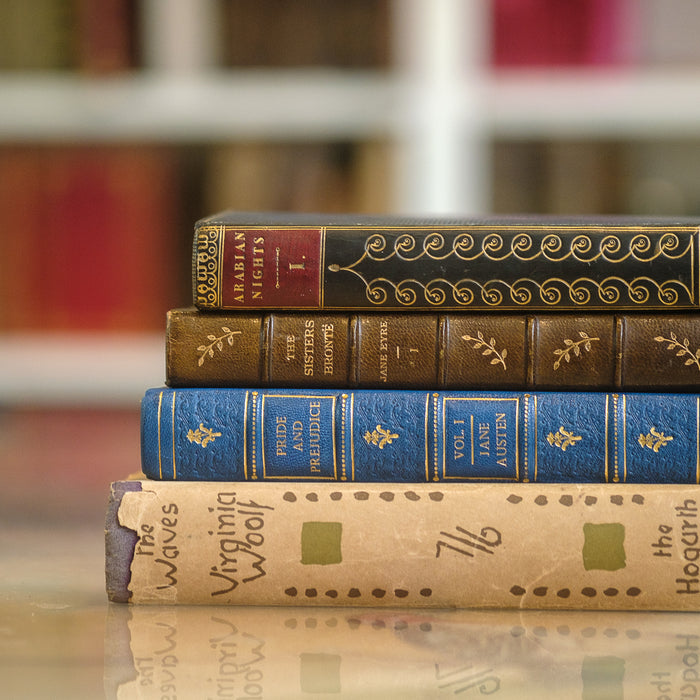
Leave a comment